As Christians and The Salvation Army, we can take lessons in emergency management from Noah, arguably the first emergency manager. According to Public Safety Canada, there are four phases the emergency management continuum: preparedness, response, recovery and mitigation/prevention. The story of Noah and the flood shows us what each of these phases looks like and how we can engage with them in our own context.
Preparedness
“So make yourself an ark of cypress wood.”—Genesis 6:14
Preparedness means being ready to respond to a disaster and manage its consequences through measures taken before an event.
God instructed Noah to build an ark to prepare for the coming flood. Although others may have scoffed at Noah’s actions, he obeyed God and built the ark according to the specifications he was given. When the floodwaters came, Noah and his family were safe inside the ark because they were prepared.
During Emergency Preparedness Week, Canadians are encouraged to get ready for future disasters. This includes developing a plan and making or buying an emergency kit. As Christians who are called to serve others in crisis, this is especially important. We can’t help others if we are not ready.
Response
“On that very day Noah and his sons, Shem, Ham and Japheth, together with his wife and the wives of his three sons, entered the ark.”—Genesis 7:13
Response means acting during or immediately before or after a disaster to manage its consequences.
When the rain started to fall, Noah, his family and the animals entered the ark to ride out the storm. This response required great patience. The water kept rising for 40 days and nights, and it was another 150 days before it started to recede.
The Salvation Army has responded to disasters in Canada since the Halifax Explosion in 1917. Often assigned specific roles by emergency management officials, the Army meets the physical, emotional and spiritual needs of survivors and responders. As long as our response is needed, we will be there to serve.
Recovery
“Then God said to Noah, ‘Come out of the ark, you and your wife and your sons and their wives. Bring out every kind of living creature that is with you …and be fruitful and increase in number.’ ”—Genesis 8:15-17
Recovery includes repairing or restoring conditions to an acceptable level through measures taken after a disaster.
Recovery does not necessarily mean restoring things to the way they were; often it entails a “new normal.” Recovery is also a slow process. This was especially true for Noah’s family as they were responsible for repopulating the earth.
Following a significant disaster, recovery can take years. The Salvation Army is well positioned to help during this phase, having a presence in more than 400 communities across Canada.
Recovery, however, is more than practical assistance. Just as important is the psychosocial recovery of people and communities. Emotional and spiritual care is a critical part of the Army’s recovery efforts.
Mitigation/Prevention
“Then Noah built an altar to the Lord and … he sacrificed burnt offerings on it.”—Genesis 8:20
Adapting to, eliminating or reducing the risks of disasters to protect lives, property and the environment, and reduce economic disruption, happens before and after a disaster.
After leaving the ark, Noah made an offering that pleased God, who promised to never again destroy the earth. Noah’s sacrifice meant that future risks were reduced.
Today, disaster risk reduction through mitigation efforts includes structural measures such as building codes, as well as non-structural mitigation such as flood plain mapping and insurance. Many of the people The Salvation Army serves are particularly vulnerable to disasters, so by assisting with mitigation efforts, we can continue to give hope to individuals and communities.
We are still in the early stages of our response to the COVID-19 crisis. But as with Noah, we can take appropriate steps during each phase of the emergency management continuum, serving God as we serve others in need.
Perron Goodyear is the territorial director of emergency disaster services.

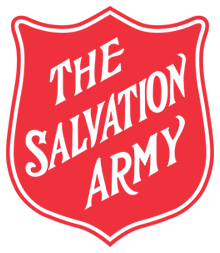
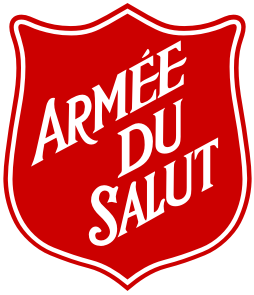

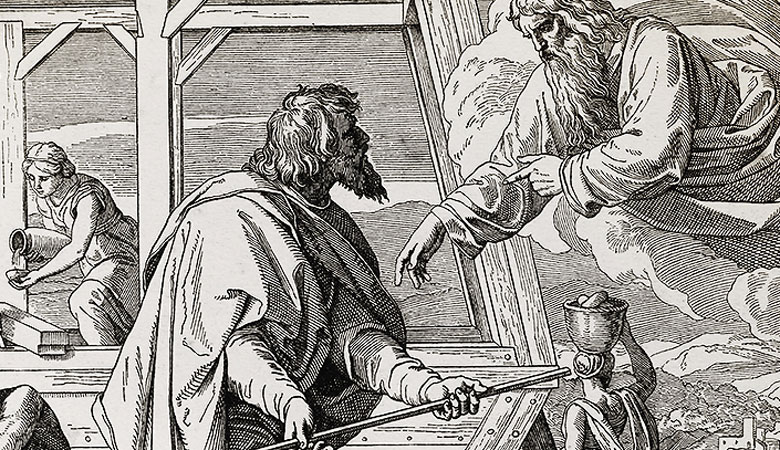
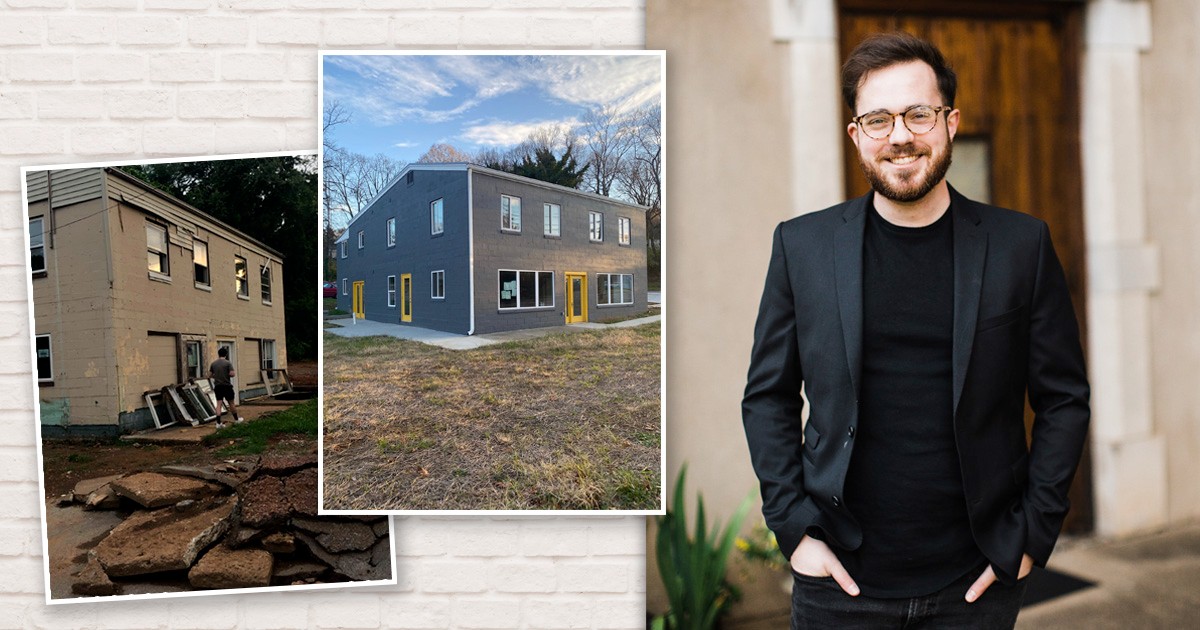
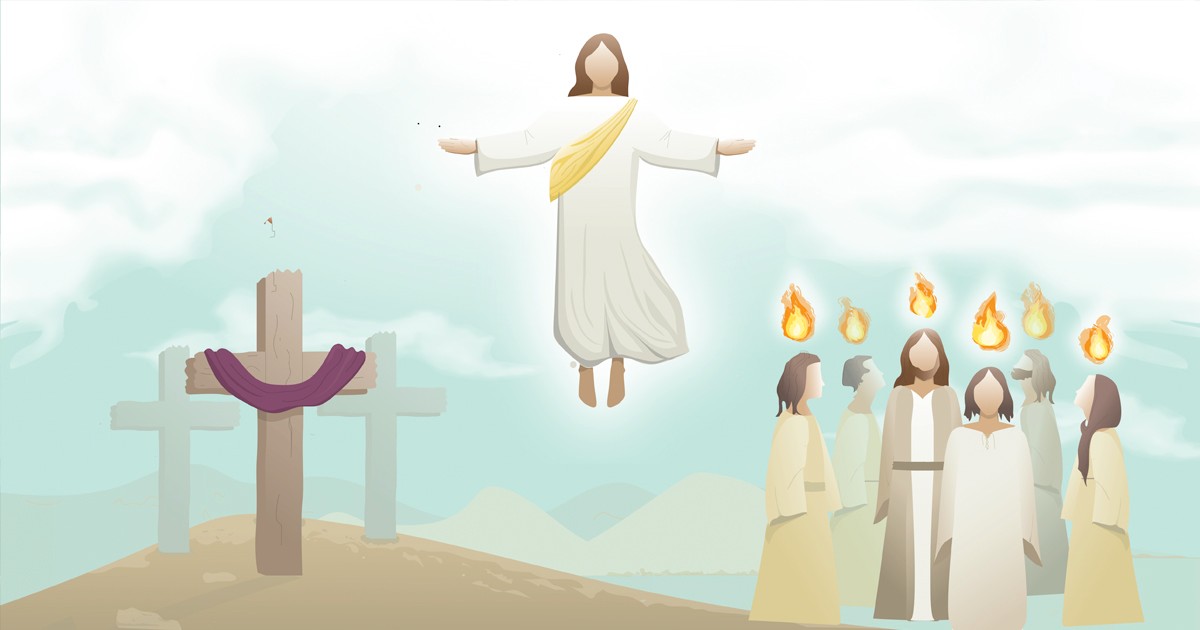
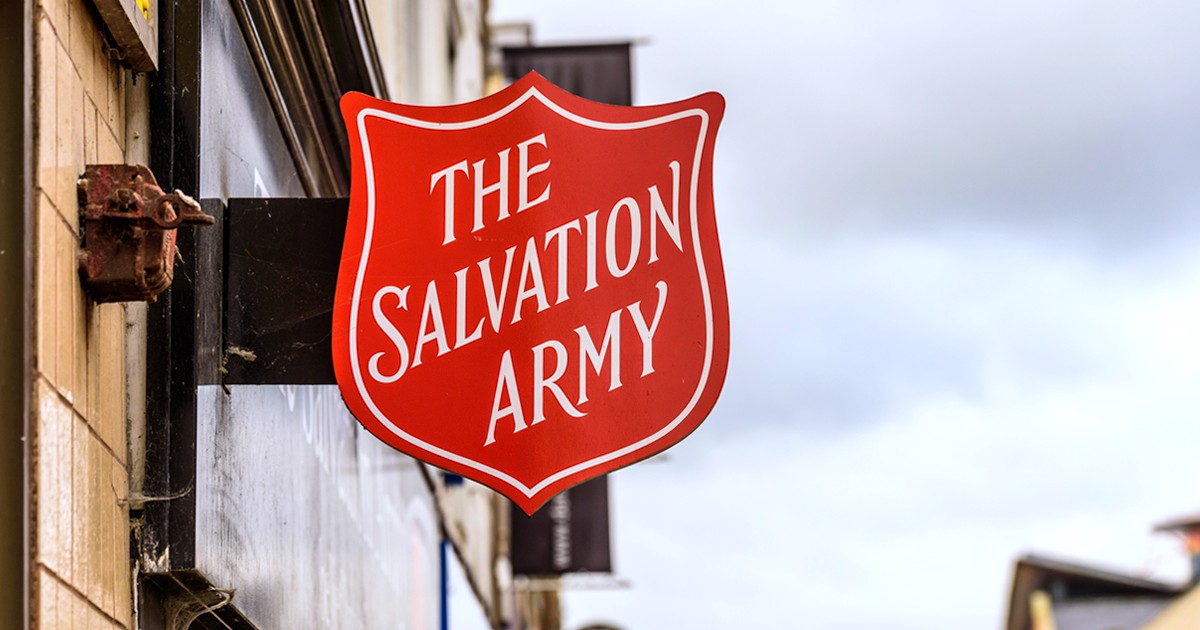


Comment
On Monday, May 4, 2020, Jan said:
Leave a Comment